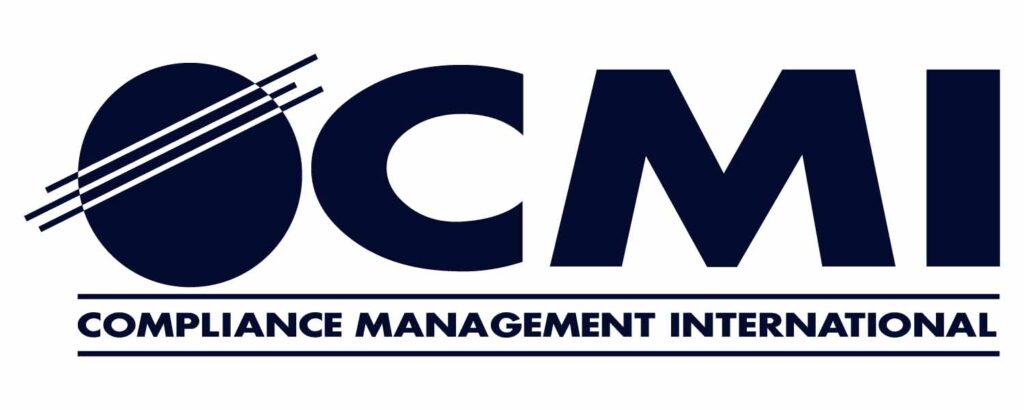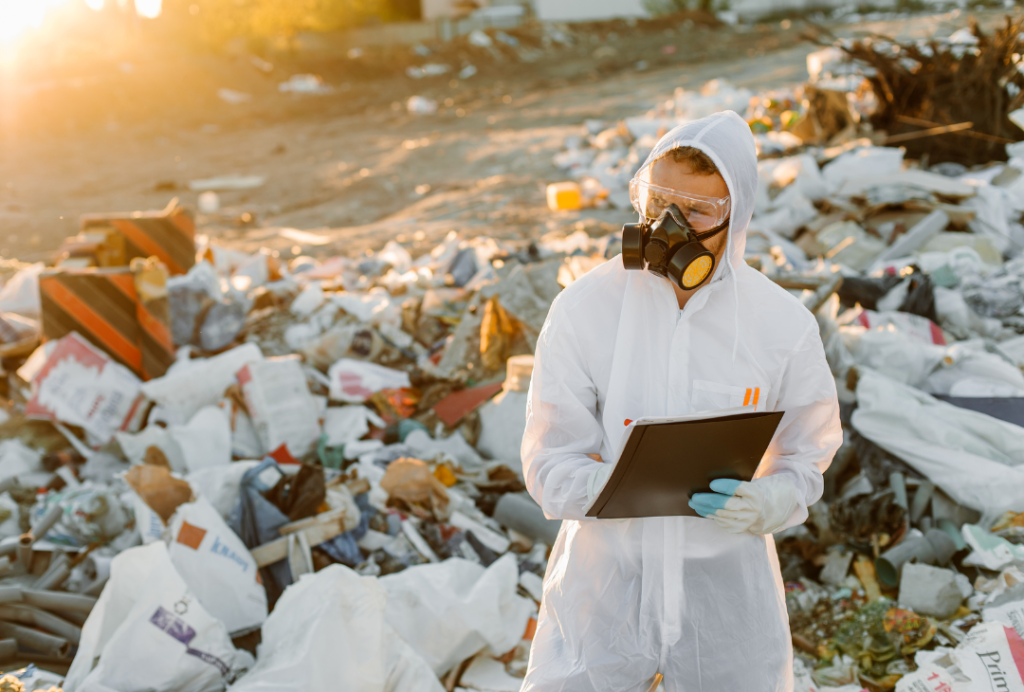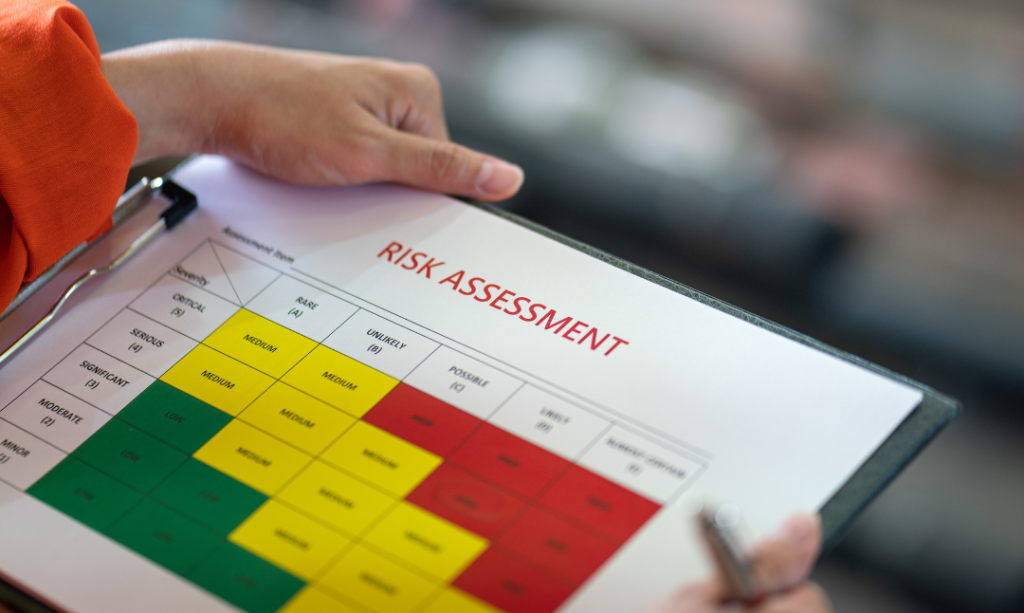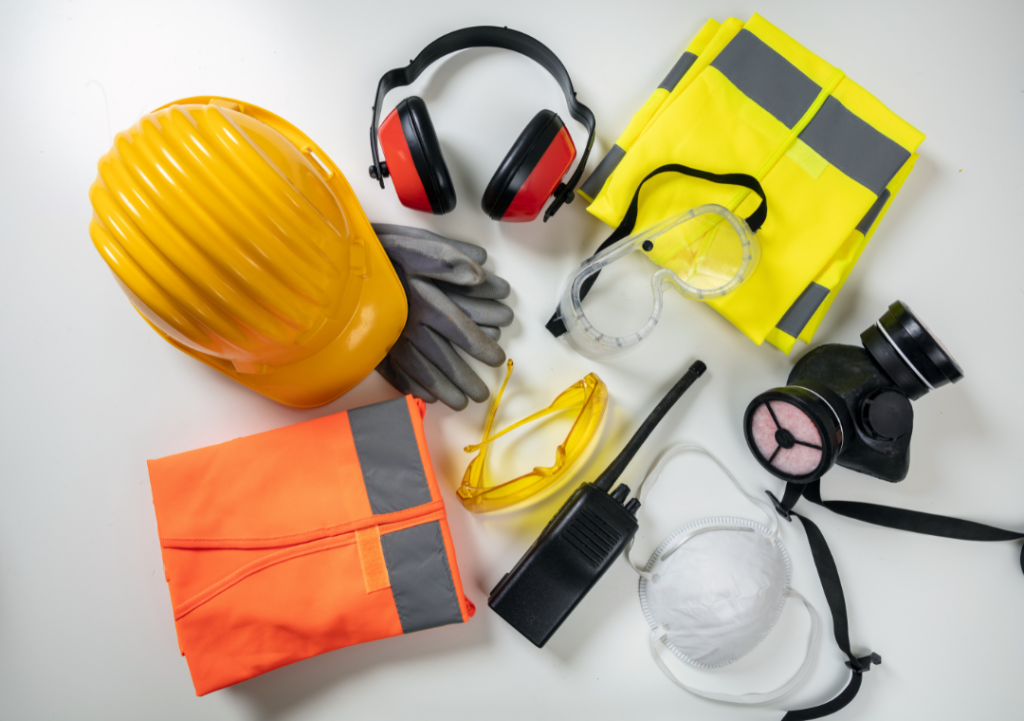Radon is a naturally occurring radioactive gas that poses significant health risks if not properly managed. Formed by the breakdown of uranium in soil, rock, and water, radon can seep into buildings through cracks and gaps in foundations, walls, and pipes. While the dangers of radon in residential properties are widely recognized, its presence in industrial facilities is often overlooked. However, given the size, complexity, and unique operational characteristics of industrial buildings, addressing radon in these environments is critical.
Understanding Radon Risks in Industrial Settings
Industrial facilities, such as manufacturing plants, warehouses, and processing units, are often located in areas with high natural radon concentrations. The risk is exacerbated by the following factors:
- Large Footprint and Subsurface Exposure: Many industrial facilities have extensive foundations and basements, which increase the potential for radon infiltration.
- Heavy Ventilation Systems: While industrial buildings typically use mechanical ventilation, improperly balanced systems can create negative pressure zones, drawing radon into the building.
- Prolonged Occupancy: Workers in industrial facilities often spend long hours indoors, increasing their exposure to radon.
- Material Storage: Certain raw materials stored in industrial facilities, such as phosphate rocks and granites, can also emit radon gas.
Prolonged exposure to radon is the second leading cause of lung cancer after smoking, according to the World Health Organization (WHO). In industrial environments, this risk extends to both workers and visitors, making mitigation efforts essential for health and safety compliance.
Regulatory and Legal Considerations
In many countries, occupational health and safety regulations mandate the monitoring and mitigation of radon in workplaces. For example:
- The U.S. Occupational Safety and Health Administration (OSHA) includes radon under its standards for occupational exposure to ionizing radiation.
- The European Union’s Basic Safety Standards Directive (BSSD) sets binding limits for radon exposure in workplaces, requiring employers to assess and mitigate radon risks.
- National Radon Action Plans in various countries encourage industries to adopt preventive measures.
Failure to comply with these regulations can result in legal penalties and reputational damage for companies.
Detecting Radon in Industrial Facilities
Radon testing is the first step in managing its risks. Key methods for detecting radon in industrial facilities include:
- Short-Term Testing: Often used for initial screening, these tests measure radon levels over a few days to weeks.
- Long-Term Testing: Conducted over several months to a year, these tests provide a more accurate average radon concentration.
- Continuous Radon Monitors: Ideal for real-time monitoring in facilities with variable environmental conditions.
Testing should be conducted at various locations within the facility, particularly in basements, storage areas, and rooms with limited ventilation.
Mitigation Strategies
If elevated radon levels are detected, several mitigation strategies can be implemented:
- Improved Ventilation: Increasing airflow reduces radon concentrations by diluting the gas and preventing its buildup.
- Sealing Entry Points: Cracks and gaps in floors, walls, and pipes should be sealed to minimize radon infiltration.
- Sub-Slab Depressurization: This technique involves installing a ventilation system under the foundation to redirect radon away from the building.
- Radon Barriers: Applying radon-resistant membranes during construction can prevent radon from entering the facility.
Integrating Radon Management into Facility Operations
To effectively manage radon risks, industrial facilities should incorporate radon testing and mitigation into their Environmental Health and Safety (EHS) programs. This includes:
- Regular Monitoring: Periodic radon testing should be scheduled, especially after structural changes or renovations.
- Worker Training: Employees should be educated about radon risks and the importance of mitigation measures.
- Emergency Plans: Developing response protocols for high radon levels ensures swift corrective action.
Conclusion
Radon presents a hidden but significant risk to industrial facilities. By understanding its sources, complying with regulations, and adopting effective mitigation strategies, companies can safeguard the health of their workers and maintain operational integrity. Proactive radon management is not only a legal and ethical responsibility but also a vital component of workplace safety in the industrial sector.



